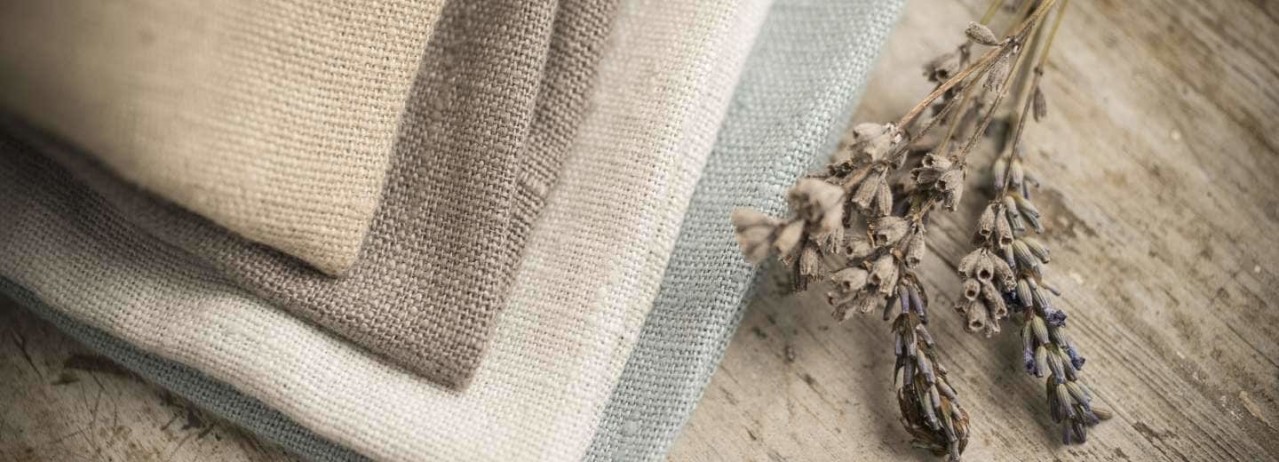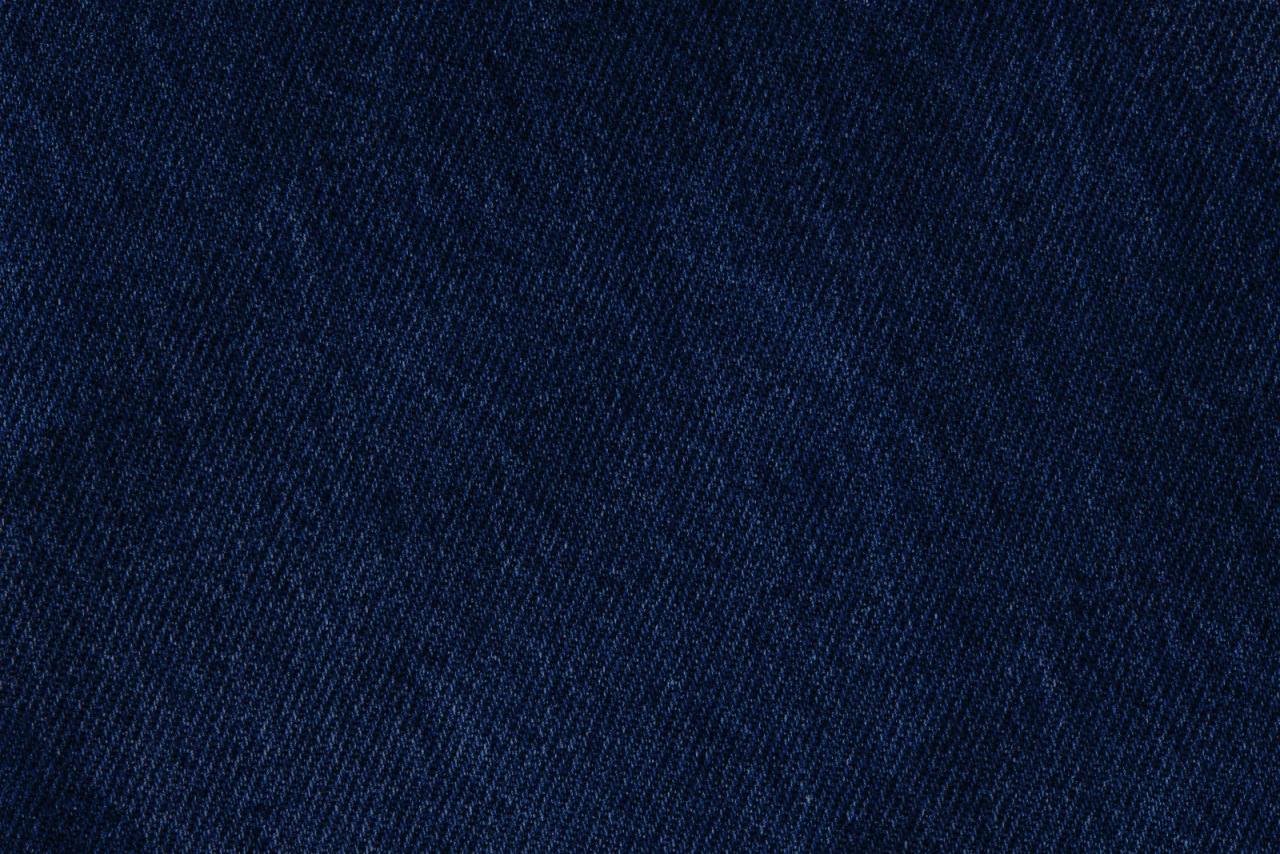Light, breathable, durable, stylish… it’s no wonder linen is such a popular fabric! We all know linen as the perfect homeware décor, our favourite summertime trousers, or a luxe bedspread. But what is linen exactly and what are the different types of linen fabric?
We’re going to answer some of the most popular questions about this fabric, like what is linen made of, is linen sustainable, and how to care for linen. If you thought you loved linen before, you’re about to gain a whole new appreciation for this wonder fabric!
What is linen?
First thing’s first: what is linen made of? This gorgeous fabric is made from the fibres of the flax plant. It’s very breathable, not elastic, soft, and absorbent. Linen is a very strong, durable fabric, which is why it’s often found in towels, tablecloths, and bedsheets.
Aside from homeware items, linen has many different uses:
Apparel: shirts, pants, dresses, skirts, jackets, blazers, underwear.
Bedding: pillowcases, sheets.
Industrial applications: canvas for painting.
Is linen sustainable?
Yes! Since it doesn’t require much water and chemicals to produce, linen is considered a more environmentally friendly fibre than many others. While there are some concerns over the release of toxic chemicals during production, this fabric is overall one of the least environmentally damaging textiles out there.
What are the different types of linen fabric?
While all linen comes from the flax plant, it’s not all made the same. There are four main types of linen fabric that differ based on the weaving technique used:
Damask linen: the most delicate variety which is similar to embroidery
Plain-woven linen: a hardier variety often used in towels and dish towels
Loosely woven linen: an absorbent but less durable option used for napkins
Sheeting linen: a closer weave used in clothing for its uneven, soft feel
How to care for linen
Now that you know the different types of linen fabric and what this fabulous material is made of, let’s discuss how to care for your most precious linen garments.
Follow these simple steps to get your linen feeling, looking, and smelling good as new after every wash:
Choose the right washing method. Dry Clean your linen in order to retain its crispness. For fabric softening, or if your linen is embroidered or embellished with lace, hand wash the item using good quality detergents in cool water. Have a look at this useful guide to hand washing linen. If you’re using a machine to wash your everyday linen, always check the care label.
Choose the right product. Use a mild detergent to avoid damaging the fibres and add Comfort Intense Fresh Sky Conditioner to give the fabric a special treatment. This will leave clothes feeling softer, smoother, and less wrinkled. Our fabric conditioners also contribute to a better planet through concentrated products and reduced plastic waste.
Dry carefully. Once clean, air dry naturally while hanging up to help avoid any annoying wrinkles or stiffness. You can also use a tumble dryer but make sure it is set to a low setting. To help restore the fabric and remove creases more easily, make sure you use a fabric conditioner in the washing phase.
Iron carefully. Linen all wrinkled after washing and drying? Don’t worry. Linen is safe to iron, but you’ll likely need a high heat with some steam to remove creases. Test the iron on a small area first to prevent damage and iron clothes inside out if they have any embellishments. Ironing while the linen is still slightly damp may help too.
Now that you know how to care for linen and how sustainable it can be, you can rest assured that you’re benefiting both your wardrobe and our beautiful blue planet. In other words, fashion with a greater purpose!


